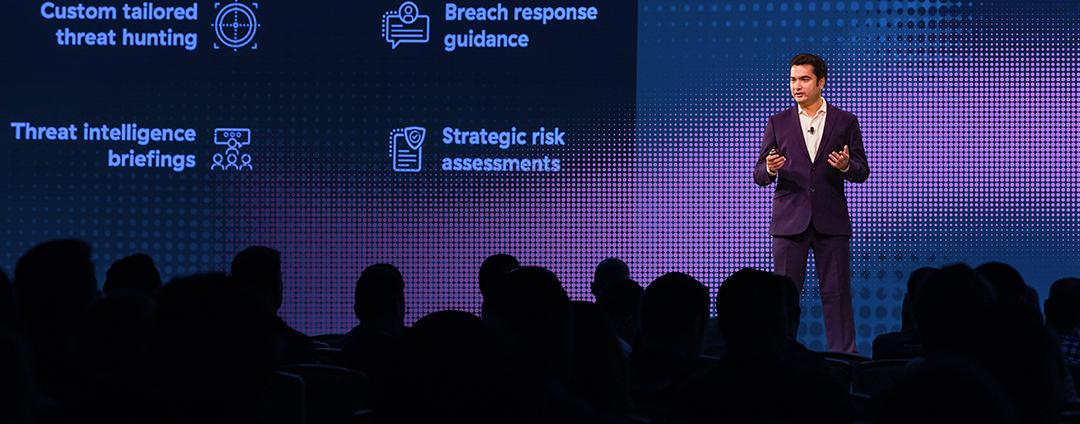The hype around 5G has died off—at least that was the impression given by the reporting from the CES show earlier this year. One of the big complaints from the event was that 5G was not as present as it has been previously. This doesn’t necessarily come as a surprise – much of 5G’s supposed allure has been around speed, and that is pretty much in place now. Users are able to view their YouTube videos faster – and that’s what is most important to them. But, how far has the industry progressed with broader 5G use cases? Mobile World Congress 2023 should hold the answer.
But it will also raise more talking points. These impressive next generation 5G use cases will not only rely on a fast network, but also on making their workloads available in places where they can be easily consumed by that fast network. This needs to be an edge and orchestration conversation. As such, I expect a lot of discussion at Mobile World Congress to focus on how we will get workloads to become more dynamic, easily and securely accessible, and delivered closer to the user. This is what the industry really needs to deliver on to unlock the 5G promise.
The way ahead
As an example; when a user accesses a cloud-hosted Enterprise Resource Planning System from their smartphone, the data path has to leave the 5G network to go to the internet before returning to the user. This is not an ideal situation because it adds latency and eats into the benefits of ultrafast connectivity. In fact, it is why the industry started talking about making workloads local more than two years ago. The same issue arises more in B2B settings. Take, for example, the current setup in a factory, where manufacturers have brought in more and more robots that need to interact with workloads. If those workloads are stored in the cloud, 5G doesn’t bring a benefit, as traffic streams still have to break out into the internet to connect to the cloud.
Two steps have to be taken to bring the cloud closer to the user. The first is that you need ultrafast radio signals to make it happen. The good news is that we’re at a point where these are relatively obtainable, even for factory services. More than 30% of IT decision makers surveyed in the 2023 Global State of Zero Trust Transformation report stated that the implementation of 5G technologies for enhanced connectivity is one of their top priorities.
Step two requires more transformative forces. Getting the workloads to a point where they are available locally requires a rethinking of architecture design. Organizations have already gone through one such evolution in which they had to transform from data center-driven companies to cloud-first enterprises, with distributed services hosted by various cloud providers like AWS or Google. Now they have to determine how they can set themselves up to deliver these workloads, or at least the parts of workloads with dynamic functions closer to those environments, where they need to be consumed.
Rethinking application distribution
For most organizations, the value of 5G now is that it offers faster connectivity than Wi-Fi. What many fail to realize, however, is that it doesn’t actually enable them to consume the destination application any faster.
But that is changing. A lot of organizations have reached a point in their application development where they are beginning to rethink their distribution model. One of the main drivers for this is that their applications are becoming more and more consumer-facing–e.g., the use of virtual reality services. Consumers want to be able to access such apps as quickly as possible, forcing developers to consider how they can bring them closer to the edge.
In this scenario, companies start partnering with telecom service providers for their content delivery models. In our three-dimensional world, the delivery models are no longer static, but dynamic, and the application layer needs to run closer to the end user. This is exactly the direction of the evolution we will see in the next 12 months. Consumer-driven applications in the 5G space will only take us so far. The real shift will take place when organizations start deploying private 5G for specific industry use cases.
Securing new pathways
As they try to support organizations in their delivery of these new application pathways, IT departments must consistently select the right tool for each task. When it comes to security, this means stepping away from using network appliances as gatekeepers for security tasks and instead following a new approach with Security Service Edge (SSE) that switches security directly between the user and the application or service.
With applications that are outsourced to the edge, or with IIoT and OT, the next digital applications that need to be secured are almost here. For these, the cloud won’t be the only connective tissue for access; the internet and 5G will also be included.
Beyond the traditional network, 5G already enables completely new application scenarios whose data transmission and access authorizations need to be secured. As companies realize the full potential of the cloud to secure users, applications, and devices, SSE can provide a forward-looking framework to help guide them in this journey. Workloads do need the ability to be run at the edge and get more dynamic – but they also need to be secured at the same time. And this is where the conversation turns to zero trust.
It is crucial that companies gain security and control over all these data streams in network-independent infrastructures, but this is easier said than done. Security is still too heavily oriented toward well-rehearsed physical, and thus, literally tangible structures that cannot be reconciled with network-agnostic connectivity. This is where SSE comes in; helping extend security from the user to their application, or between applications and workloads, regardless of network.
How to make it happen
User demand aside, I would argue that economic conditions are going to drive this change forward. While the initial outlay to get 5G working may be a bit more expensive than traditional services, it will add a lot more long-term administration advantages. So 5G deployments, orchestration of applications, and security applications will need to go hand in hand with 5G modularization as a big part of any shift. Our current economic situation is going to challenge organizations of all shapes and sizes to find new ways of unlocking competitive advantage. Coupled with the fact that 5G-driven applications are intrinsically tied to another massive trend – automation – this is definitely a road worth exploring.
To find out more about what it’s going to take to make 5G happen, visit us at Mobile World Congress at our ecosystem partners stand.





